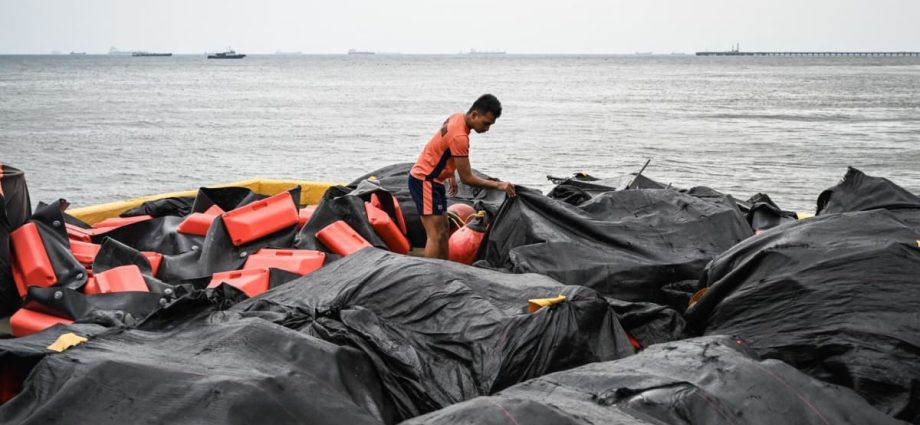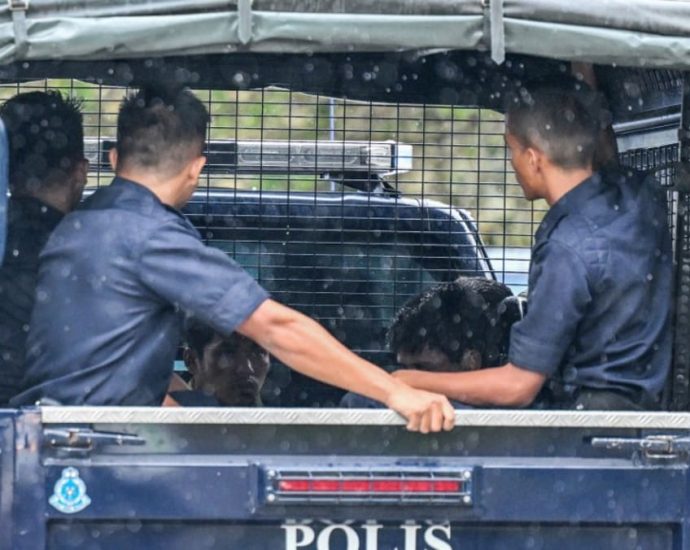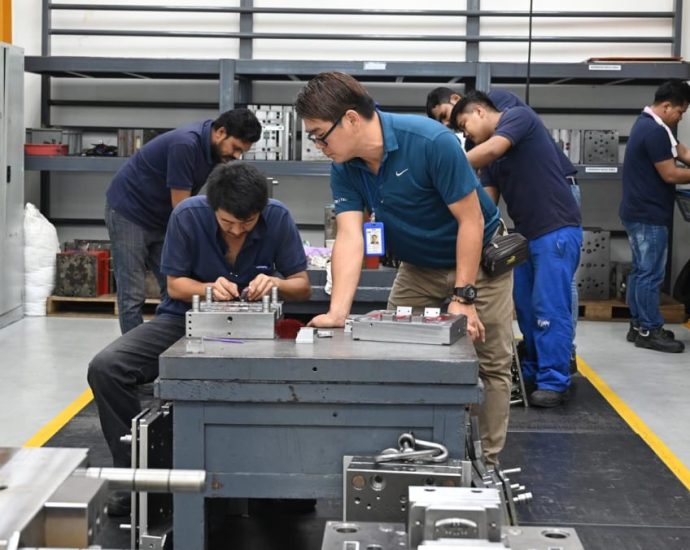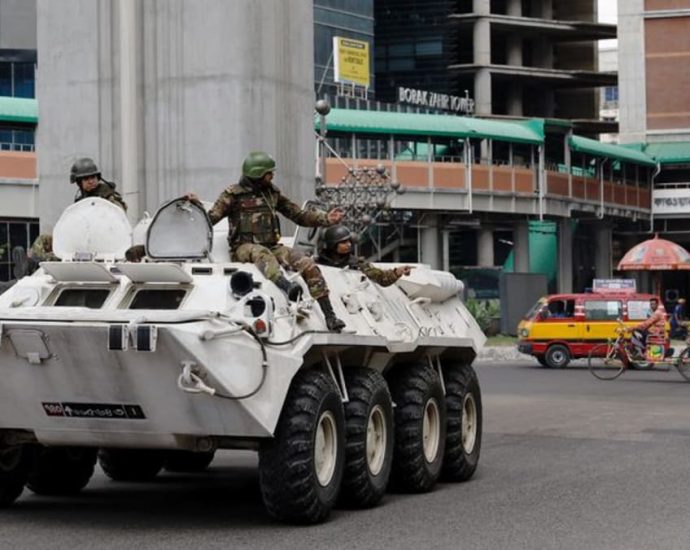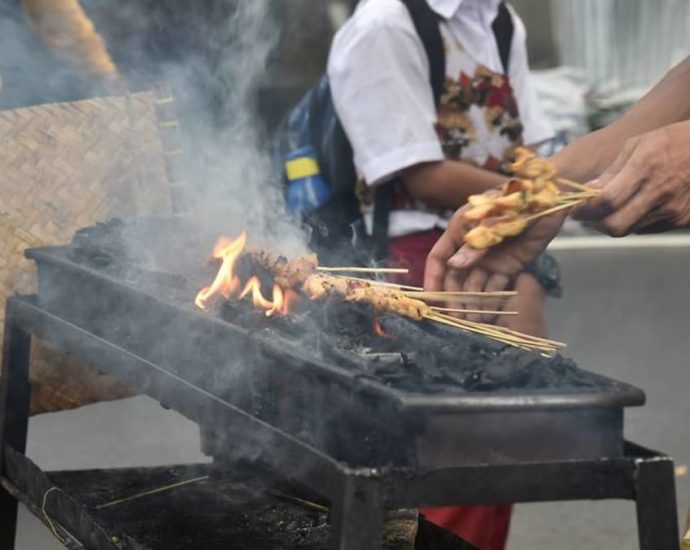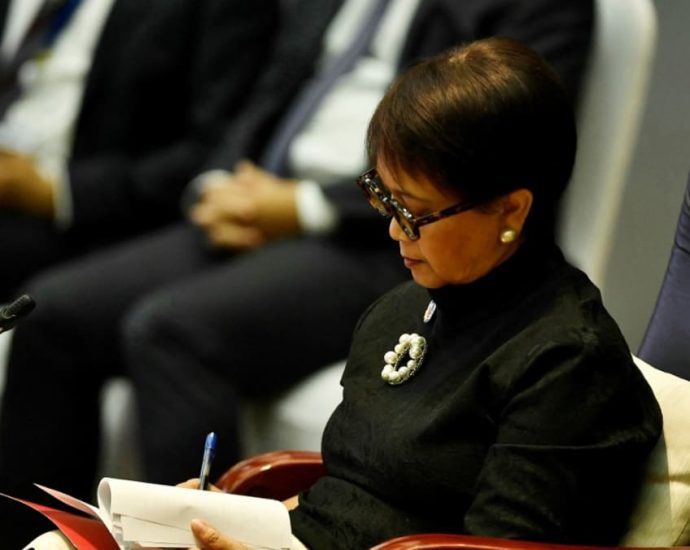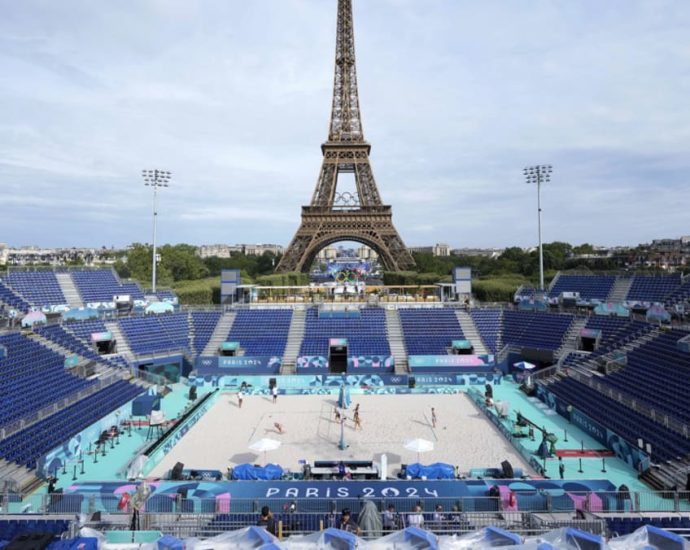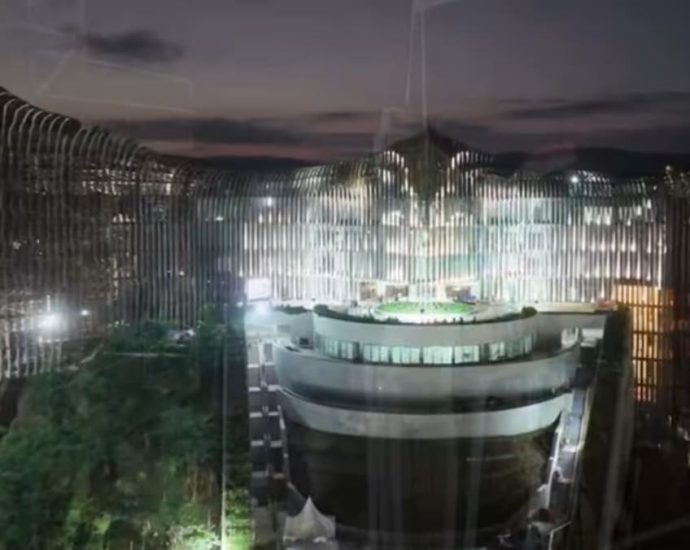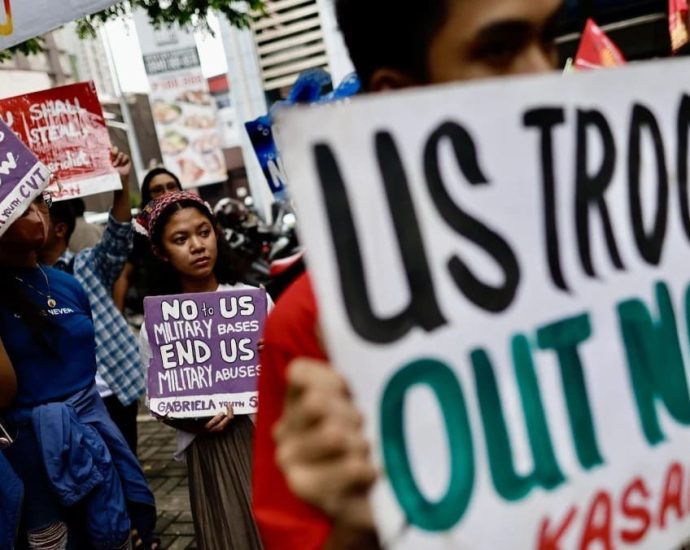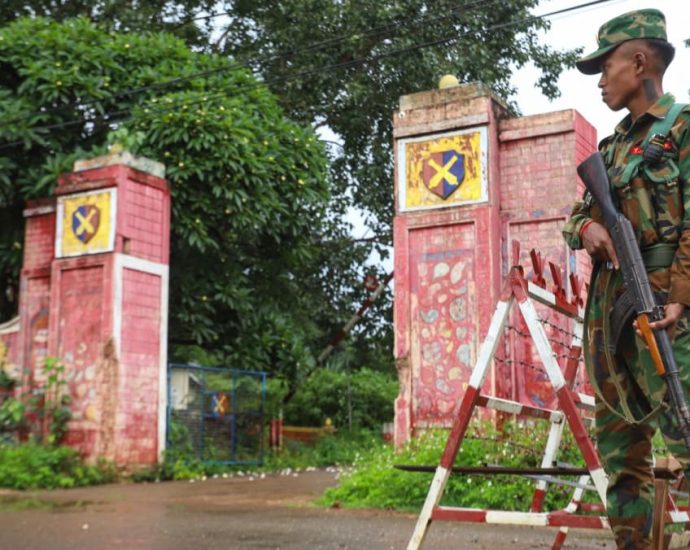Philippines to deploy floating barriers to contain oil spill
LIMAY, Philippines:  , The Philippine Coast Guard planned on Friday ( Jul 26 ) to deploy oil dispersant and floating barriers a day after a tanker carrying 1.4 million litres of industrial fuel sank off Manila. AFP reporters watched beach guard personnel prepare equipment for a vessel to be usedContinue Reading

